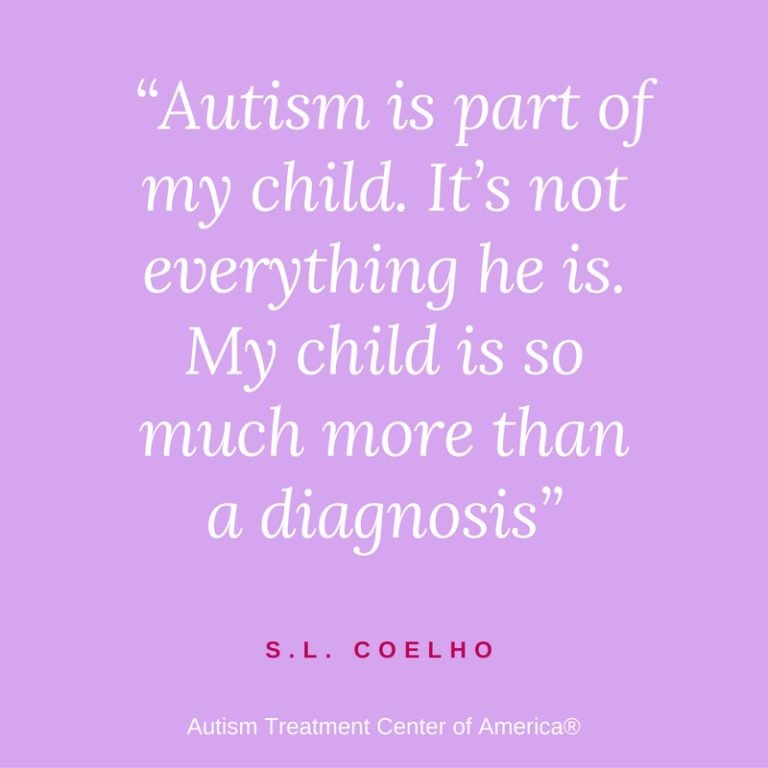In 2013, the American Psychiatric Association merged four previously distinct diagnoses into one umbrella diagnosis of autism spectrum disorder (ASD). What causes these conditions? We don’t know. There are different combinations of genetic and environmental influences that cause these illnesses.
The four conditions are:
- Autistic disorder
- Childhood disintegrative disorder
- Pervasive developmental disorder-not otherwise specified (PDD-NOS)
- Asperger syndrome
These four conditions are characterized by challenges with social skills, repetitive behaviours, speech and nonverbal communication, as well as by unique strengths and differences.
Autism is a lifelong spectrum disorder. Autism is now the fastest growing and most commonly diagnosed neurological disorder in Canada. Autism occurs in all racial, ethnic and socio-economic groups.
Autism has no single known cause. Given the complexity of the disorder, and the fact that symptoms and severity vary, there are probably many causes. Both genetics and environment may play a role.
There is no link between vaccines and autism. And there’s no way to prevent autism.
In Canada, one in 68 children are currently diagnosed with autism spectrum disorder. The prevalence of autism has increased over 100 per cent in the last 10 years.
The unemployment rate for individuals with ASD is over 80 per cent. With the right support, all individuals with autism can thrive. No two people with autism are the same, not even identical twins.
How do you know your child is autistic?
Because autism varies widely in symptoms and severity, making a diagnosis may be difficult. Mental health concerns such as anxiety and depression are common in individuals with autism. There isn’t a specific medical test to determine the disorder.
Autism’s most obvious signs tend to appear between two and three years of age. Sometimes developmental delays associated with autism can be identified and addressed even earlier.
Autism is characterized by what is clinically described as “deficits in social reciprocity.” Social reciprocity may include a range of back-and-forth actions, such as gestures, sounds, play, attention, and conversation.
Around one third of people with autism have difficulty with communication and have intellectual disability. Many of these individuals have stomach and bowel problems, seizures, sleep disturbances, attention deficit, hyperactivity disorder (ADHD), anxiety and phobias.
The symptoms are varied, but one thing is clear: the earlier a child is diagnosed and begins receiving services, the better the outcome for the child.
Management of a child with autism spectrum disorder
There is no cure for autism but intensive, early treatment can make a big difference in the lives of many children.
Each child with autism spectrum disorder is different with a unique pattern of behavior and level of severity – from low functioning to high functioning, normal to high intelligence. As they mature, some children become more engaged with others and show fewer disturbances in behavior.
Unfortunately, some continue to have difficulty with language or social skills, and the teen years can bring worse behavioral and emotional problems. The goal of treatment is to maximize your child’s ability to function. Early intervention during the preschool years is important. It can help your child learn critical social, communication, functional and behavioral skills.
For more information visit Autism Speaks Canada
Start reading the preview of my book A Doctor's Journey for free on Amazon. Available on Kindle for $2.99!
